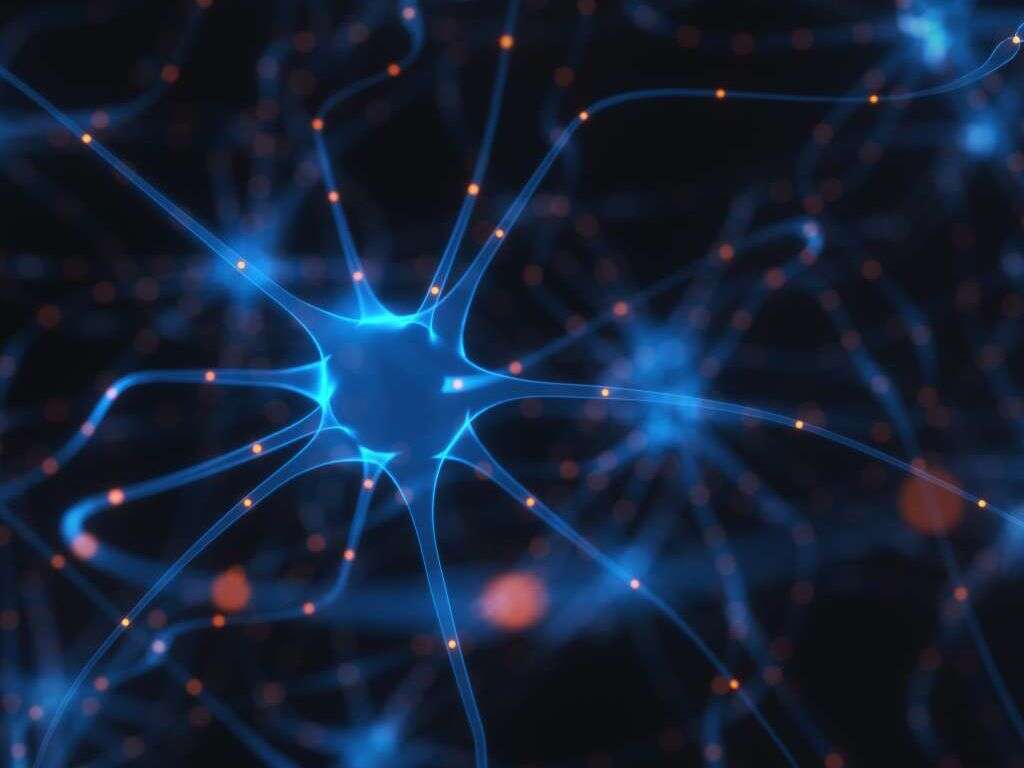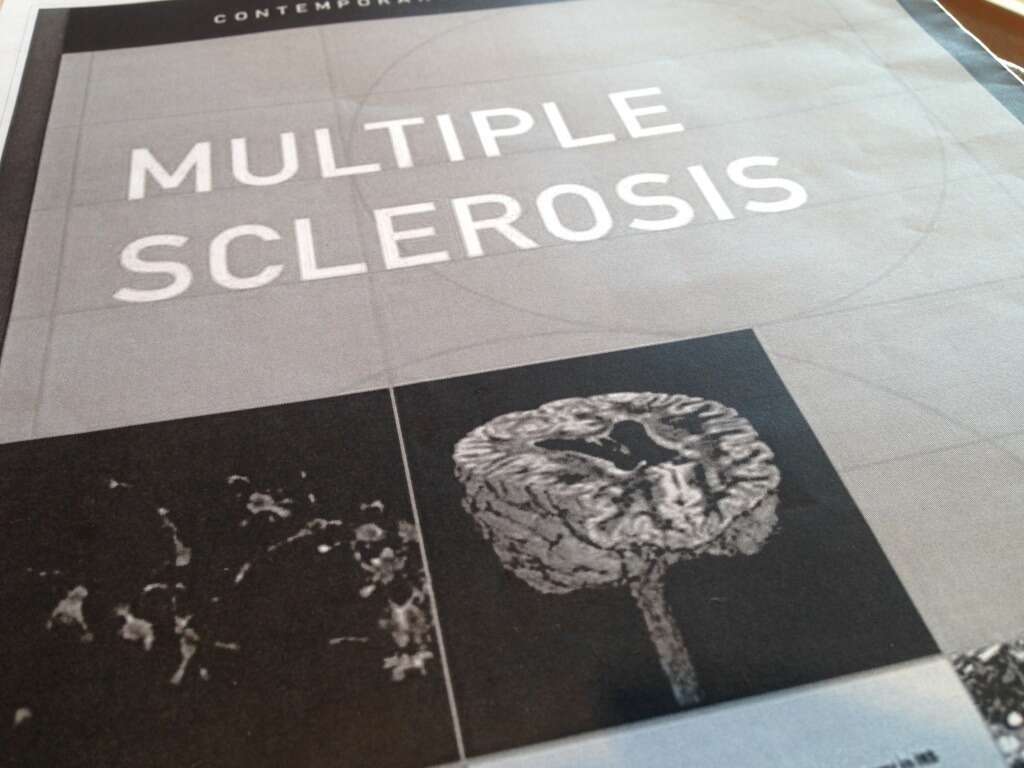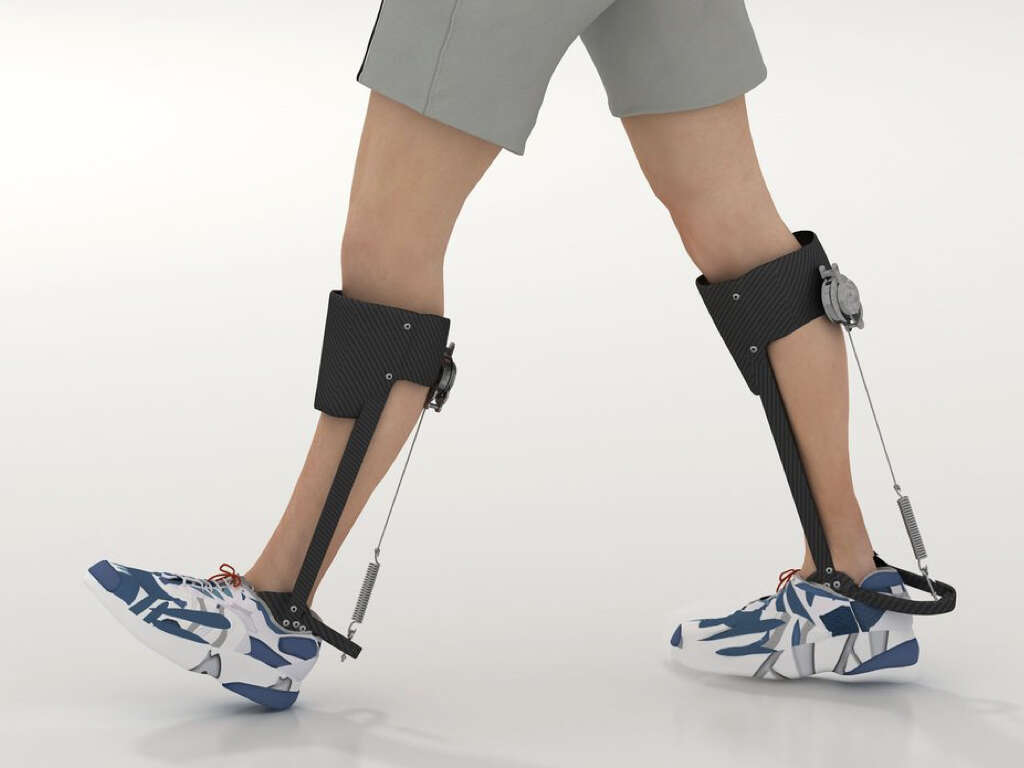10 MS Symptoms
Multiple sclerosis is a chronic disease which affects the nervous system. The brain, the spinal cord, as well as the optic nerve can be affected. How this disease will progress from person to person is hard to predict. Females are 2 to 3 times more affected compared to males and the disease is usually diagnosed between the ages of 20 and 50 years old.
There is no cure for multiple sclerosis. However, with specific treatment, signs and symptoms of multiple sclerosis can be controlled, making it possible for the affected person to lead a normal life as much as possible. The severity of the disease varies from one person to another. While some have only mild symptoms characterized by tingling and numbness, others may have a severe form of the disease which can lead to paralysis and even vision loss.
Symptom 1: Fatigue
Fatigue is one symptom of multiple sclerosis. It makes a person feel tired, weak, exhausted and out of energy at the same time. In most cases, performing even daily life tasks can be a real challenge sometimes. Daily living is much more difficult with fatigue.
Ninety percent of multiple sclerosis patients refer to fatigue as a symptom. The real cause of fatigue is not known. It usually occurs on a daily basis, occurring suddenly, sometimes early in the morning and getting worse during the day. Fatigue related to multiple sclerosis is more severe than normal fatigue we have all experienced every now and then.
Symptom 2: Numbness
Numbness in mild cases of multiple sclerosis can be only an annoying symptom. However, in severe cases of multiple sclerosis, numbness can be a real problem. Walking, dressing, brushing your teeth, and even eating or drinking can become very difficult.
There are no medications that can help relieve the numbness. In very severe cases, corticosteroids are sometimes prescribed in order to help with numbness, restoring the sensation temporarily.
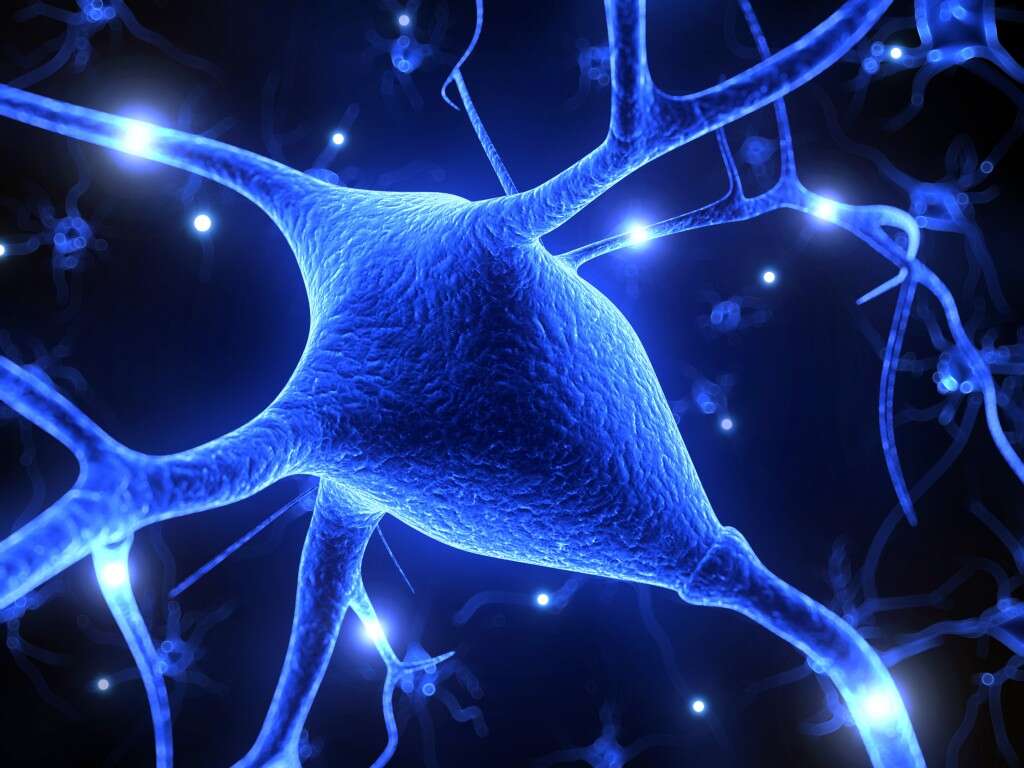
Symptom 3: Muscle Weakness
Muscle weakness is a common symptom among people suffering from multiple sclerosis. Depending on the severity of the disease, muscle weakness has a significant role in a person’s daily life. Due to muscle weakness, patients with multiple sclerosis often deal with vaulting, dropping of the foot, dragging of the toes, leaning of the trunk, hip hiking, etc.
Because of muscle weakness walking can be very difficult and in severe cases, a person can remain paralyzed. With the help of certain physical exercises, medications, and assistive devices a multiple sclerosis patients can manage muscle weakness.
Symptom 4: Muscle Spasms
Muscle spasms are a common symptom of multiple sclerosis. These spasms are caused by an increased muscle tone of the limbs. People suffering from this disease can have muscle spasms even during sleep when their foot, for example, rubs against the sheet. Even minor stimuli, can trigger real muscle spasms, often very painful as well.
Muscle spasms can affect any muscle in the human body, even though the legs are usually most affected. In cases of flexor spasticity, the hips and knees are bent due to spasms of the hamstring and hip flexor muscles, which makes it very difficult to straighten the legs. In extensor spasticity, the hips and knees are crossed over the ankles or very close together due to spasms of the adductor and quadriceps muscles of the legs.

Symptom 5: Pain
Patients diagnosed with multiple sclerosis can experience acute or chronic pain. Acute pain usually includes a brief and stabbing sensation, similar to an electric shock, which is known as Lhermitte’s sign, or a burning and aching sensation around the body, also known as MS hug, as well as trigeminal neuralgia.
Chronic pain presents a real problem to those diagnosed with multiple sclerosis. Pain which can affect almost any part of the body is associated with nerve damage. The pathways that transmit the sensory impulses in the central nervous system are damaged and as a consequence chronic pain is inevitable. Living with pain every day is debilitating, making the daily life of people diagnosed with multiple sclerosis even harder.
Symptom 6: Cognitive Dysfunction
Multiple sclerosis patients often deal with cognitive dysfunction as well. In general, cognitive problems develop in severe cases of the disease, months and years after the first onset. Common cognitive problems include lack of concentration, difficulties processing new information and memorizing, difficulties paying attention, and problems with verbal fluency.
Cognitive dysfunction is the main cause why people diagnosed with multiple sclerosis need to leave their jobs. In severe cases of the disease, cognitive dysfunction makes a person become dependent on others. Living and functioning independently becomes impossible.
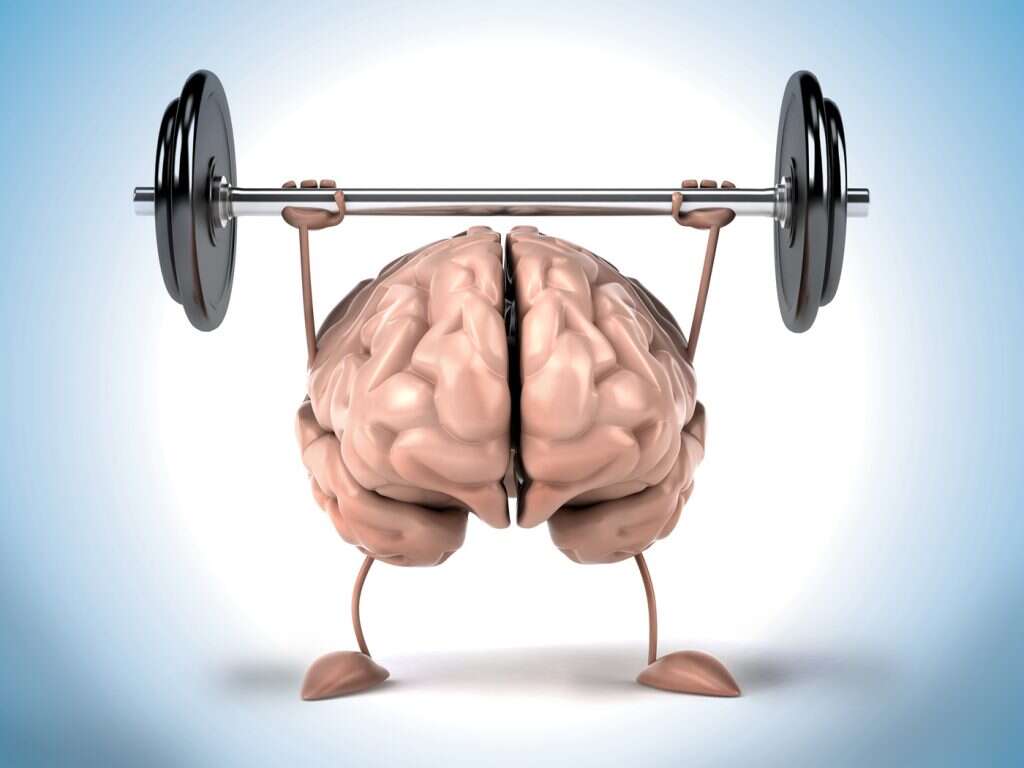
Symptom 7: Mood Swings
As multiple sclerosis is a life long disease which has no cure, living with it can be quite a challenge. After the diagnosis, learning how to live with multiple sclerosis and accepting it can present a real problem for some. However, with the education and necessary treatment, you and your loved ones can learn how to live a quality life as much as possible despite multiple sclerosis.
Mood swings in patients with chronic diseases are common. All the pain and disability because of multiple sclerosis can greatly impact the emotional and psychological status of a person, leading to mood swings every now and then. Depression affects almost 50% of multiple sclerosis patients.
Symptom 8: Balance & Coordination Problems
Maintaining body balance requires coordination of different parts of the human body. Multiple sclerosis, because of nerve damage, can affect various parts of the body which can affect balance and often lead to coordination problems.
Muscle spasms, muscle stiffness, and fatigue can lead to balance and coordination problems as well making walking very difficult or impossible sometimes.

Symptom 9: Bladder Dysfunction & Bowel Dysfunction
Difficulties urinating, urinary incontinence, urine retention, nocturia, and problems with urination frequency are common problems that a patient with multiple sclerosis faces. Repeated urinary infections, as well as kidney stones, are other very painful conditions with which multiple sclerosis sufferers often have to deal with.
Patients with multiple sclerosis often deal with constipation. Chronic constipation is often painful and disturbing, leading to fecal impaction and bowel incontinence.
Symptom 10: Vision Problems & Vision Loss
The optic nerve is often damaged because of this chronic disease leading to many vision problems. Common vision problems include a blurred vision, double vision, uncontrolled eye movement, and red green color distortion. In severe cases, vision loss may also occur. Vision loss can be either partial or total. Once a person loses their eyesight, life can become very difficult and usually these patients require all the support from their loved ones to perform even simple daily tasks.
Usually, the eyes are affected one at a time. Because of the optic nerve inflammation, sometimes even the movement of the eyes can be very painful.



